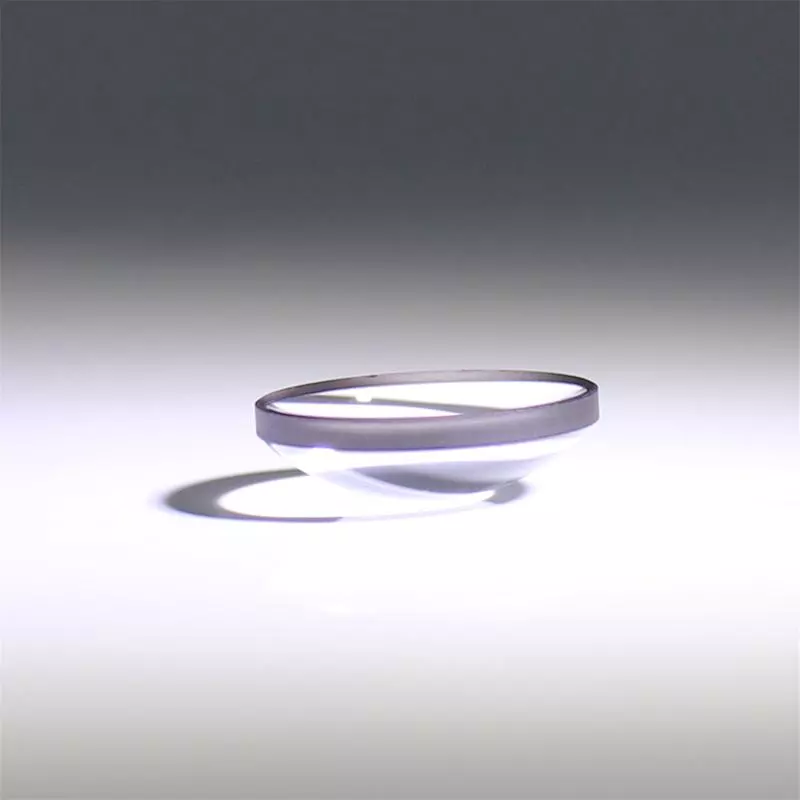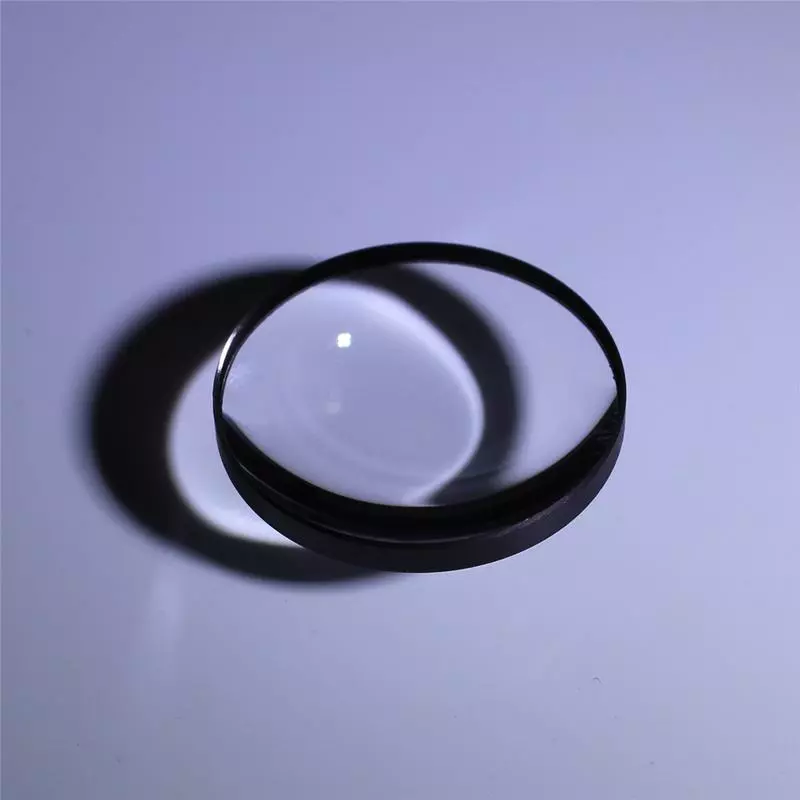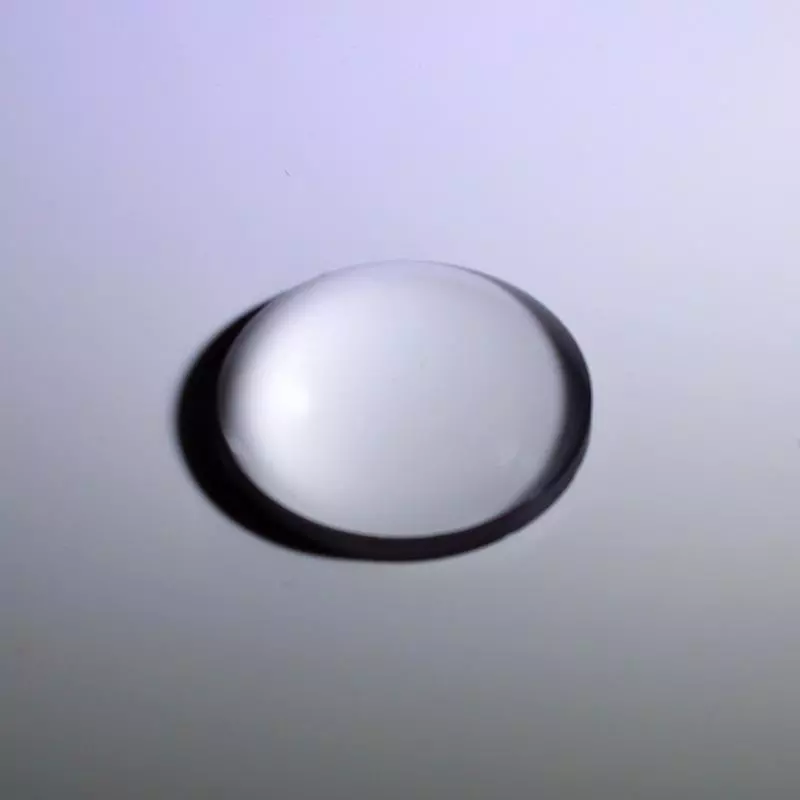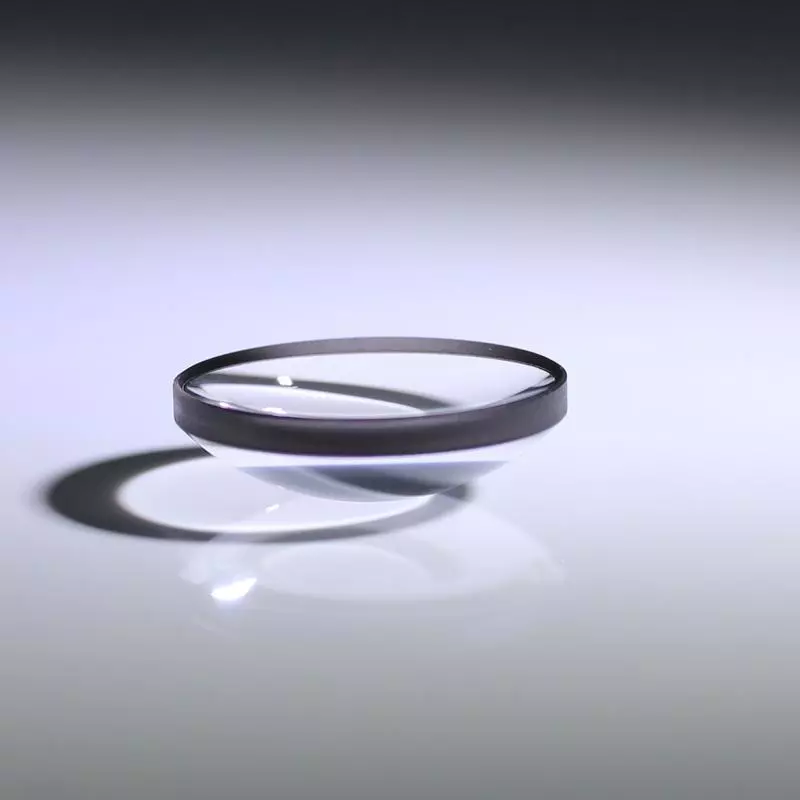K9 Glass Meniscus lens
Center Thickness: +/-0.1mm
Dimension Tolerance: +0.0~-0.1mm
Focal Length Tolerance: +/-1%
Surface Quality: 40/20
Surface Figure: lambda/2 at 633nm on plano side
Clear Aperture: >90%
Chamfer: 0.25mm at 45 degree typical
Coating Optional
Meniscus lens is a lens which has two spherical curved surfaces, convex on one side and concave on the other side. It is thicker at the center than at the edges. The lens provides a smaller beam diameter in order to reduce the beam waste and spherical aberration.
What is meniscus lens?
Meniscus lens is a lens which has two spherical curved surfaces, convex on one side and concave on the other side. It is thicker at the center than at the edges. The lens provides a smaller beam diameter in order to reduce the beam waste and spherical aberration.
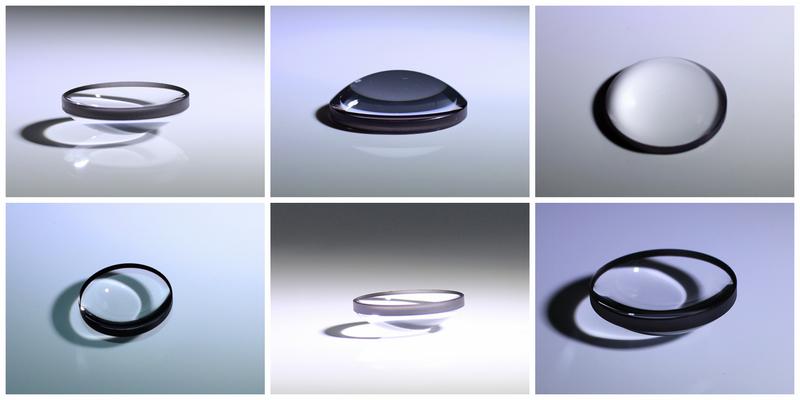
(picture show of our k9 glass meniscus lens)
Types of meniscus lenses
- Positive lenses: Which used in applications that require small focal number, which is less than 2.5. For focal numbers ranging between 2.5 and 10, meniscus lens can minimize spot size and enhance image quality. The concave side of the positive lens has a smaller curvature, and the convex side has a greater curvature.
- Negative meniscus:The lenses which are used for applications using infrared materials with high refractive index. These lenses are used as an alternative to other negative lenses with a greater curvature on the concave side and a smaller curvature on the convex side. They are used in beam expanding applications that require minimal spherical aberration.
Specifications and Features of meniscus lenses
When select the meniscus lens, specifications of menisucus lens as below can determine the functionality of a meniscus lens.
Focal Length: The Effective Focal Length is the distance from the lens that light converges. Focal lengths are positive for a converging system and negative for a diverging system.
Center/Edge Thickness: The thickness of the lens at its outer edges and its center axis.
Surface Quality: The lens surface quality describes the appearance of the lens surface. The most common way surface quality is represented is the scratch-dig specification described by the MIL-PRF-13830B standard.

Specifiction of our meniscus lens as follow:
| Material | BK7 or other optical materials |
| Center Thickness | +/-0.1mm |
| Dimension Tolerance | +0.0~-0.1mm |
| Focal Length Tolerance | +/-1% |
| Surface Quality | 40/20 |
| Surface Figure | lambda/2 at 633nm on plano side |
| Clear Aperture | >90% |
| Chamfer | 0.25mm at 45 degree typical |
| Coating | Optional |
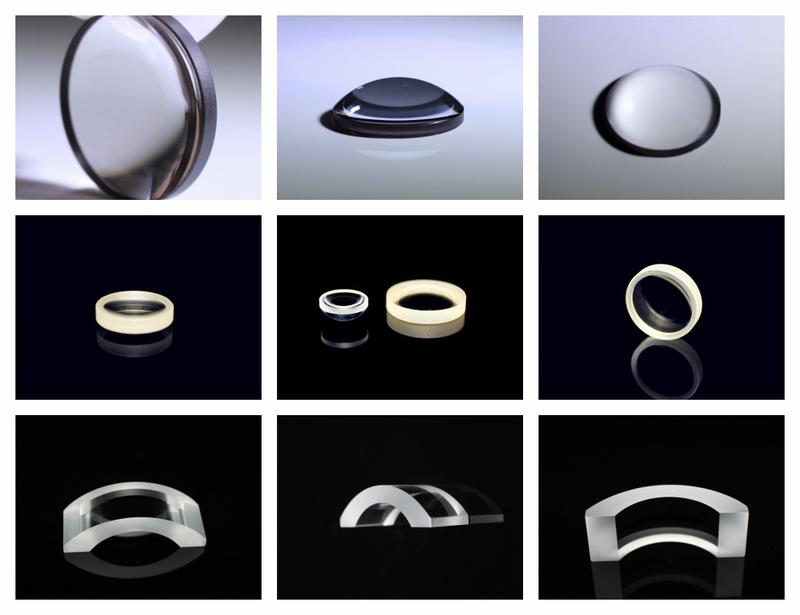
Our Ordering Process
Send us your request with detailed specifications
Receive a commercial offer with terms and costs
After your approval, we handle manufacturing, quality control, and shipping
📦 Shipping
3-5 days in EU, from 10 days to USA
💳 Payment methods
Cash, Bank Transfer, Cards (Visa, Mastercard, Amex, Discover) and PayPal
💬 Questions?
Contact us via WhatsApp, phone, live chat or email
